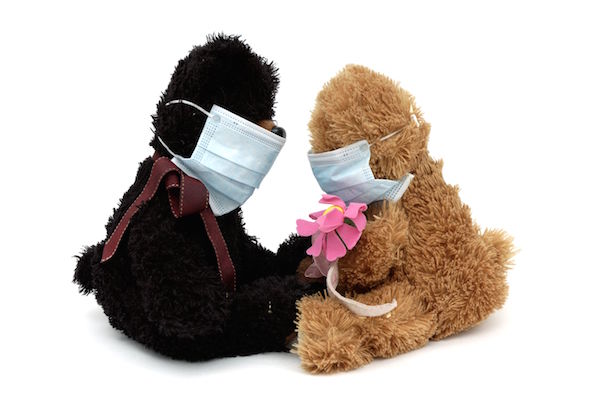
THURSDAY, June 2 (HealthDay News) — Although HIV/AIDS continues to be an epidemic with no cure, thanks to powerful medications more HIV-infected Americans are living longer and healthier lives, federal health officials said Thursday.
By the close of 2008 there were 1,178,350 people in the United States living with HIV, 20 percent of whom don’t know they are infected, according to researchers from the U.S. Centers for Disease Control and Prevention.
“Our prevalence of individuals with HIV continues to increase,” said Dr. Michael A. Kolber, professor of medicine and director of the Comprehensive AIDS Program at the University of Miami Miller School of Medicine. He was not involved with the CDC study.
AIDS has taken a terrible toll on the United States since cases were first reported by CDC researchers 30 years ago this week. Since that time, 594,496 Americans have died of the disease, the CDC said.
However, thanks to the advent of HIV-suppressing medications, infection can now be considered less of a death sentence and more of a chronic disease, because “antiretroviral [drug] therapy is highly effective,” Kolber said.
Still, the rising number on new infections is troubling. “People do not need to get HIV, it’s a preventable disease,” Kolber said. “But we also need to identify individuals with HIV and get them into care, which will reduce transmission.”
In fact, one recent study found that if started early after diagnosis, antiretroviral medications can help cut HIV transmission to a sex partner by 96 percent. Adding condoms to that preventive strategy ups the odds even further that a partner will remain uninfected.
Too many people with HIV don’t even realize that they carry the virus. What is needed is better access to testing and care, Kolber said. “We know that when people are tested positive it decreases their sexual activity in many cases. And if you get people into care we can reduce their viral loads. And when people are low viral loads they transmit the disease much less.”
HIV should be treated like any other sexually transmitted disease, Kolber said. “The more frequently we test the better chance we get in getting the right number and making an impact on the disease,” he said.
According to CDC director Dr. Thomas R. Frieden, many Americans may have become too complacent about HIV, no longer viewing it as a major health threat.
“Over the last three decades, prevention efforts have helped reduce new infections and treatment advances have allowed people with HIV to live longer, healthier lives,” Frieden said in a news release. “But as these improvements have taken place, our nation’s collective sense of crisis has waned. Far too many Americans underestimate their risk of infection, or believe HIV is no longer a serious health threat, but they must understand that HIV remains an incurable infection. We must increase our resolve to end this epidemic.”
The CDC says that each year in the United States, some 50,000 people become newly infected with HIV.
Over half of these new infections are among gay and bisexual men, and of these about 50 percent are African-American, according to the CDC report in the June 3 issue of its Morbidity and Mortality Weekly Report (MMWR).
In another report in the same issue of the journal, the CDC contends that gay and bisexual men might benefit from more frequent HIV testing.
To support this motion, the agency used data from the National HIV Behavioral Surveillance System, which collected data on gay and bisexual men in 21 major cities throughout the country who did not test positive for HIV in earlier testing.
Yet when tested as part of this study, 7 percent of these men, who had been tested in the past year, now tested positive for the virus, the researchers found.
Based on that, they conclude that too few gay and bisexual men are getting annual HIV tests and even among those who did get tested in the past year, many are newly infected.
Among gay and bisexual men, blacks were most likely to be infected but unaware of their infection (14.5 percent), followed by Hispanic men (6.7 percent) and white men (3 percent), the researchers found.
In addition, less-educated men were less likely to be tested, as were poorer men, which suggests that access to testing needs to be expanded and these populations need to be targeted, the authors said.
“African-Americans make up about 12 percent of the population, but 50 percent of the new infections,” Kolber said. “And it is usually in the urban areas among the lower socioeconomic, lower educated individuals,” he added.
More information
For more information on HIV, visit the U.S. Department of Health and Human Services.

